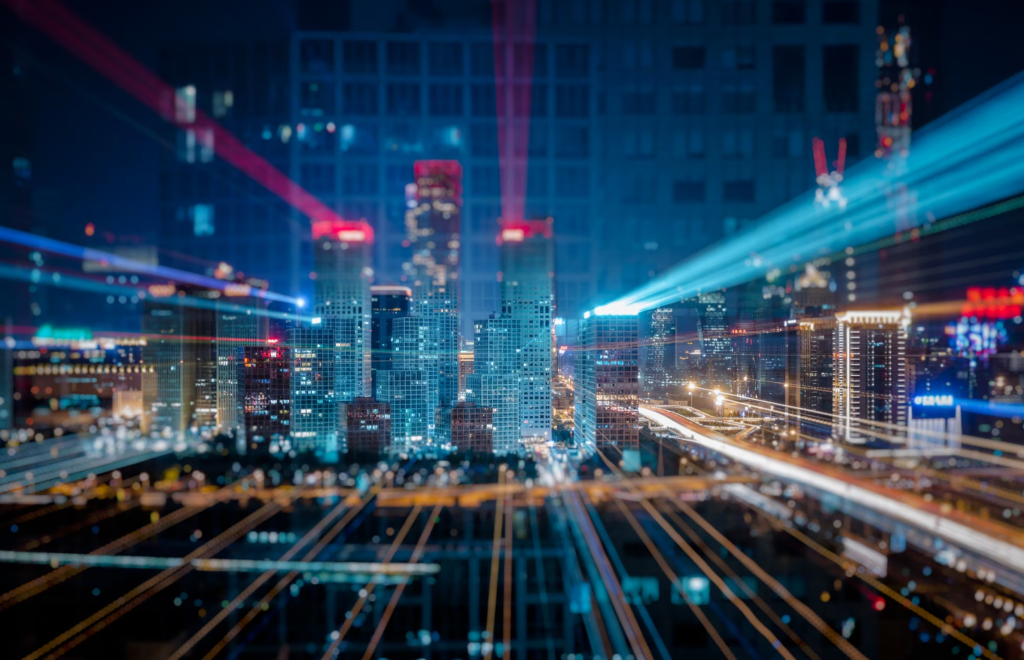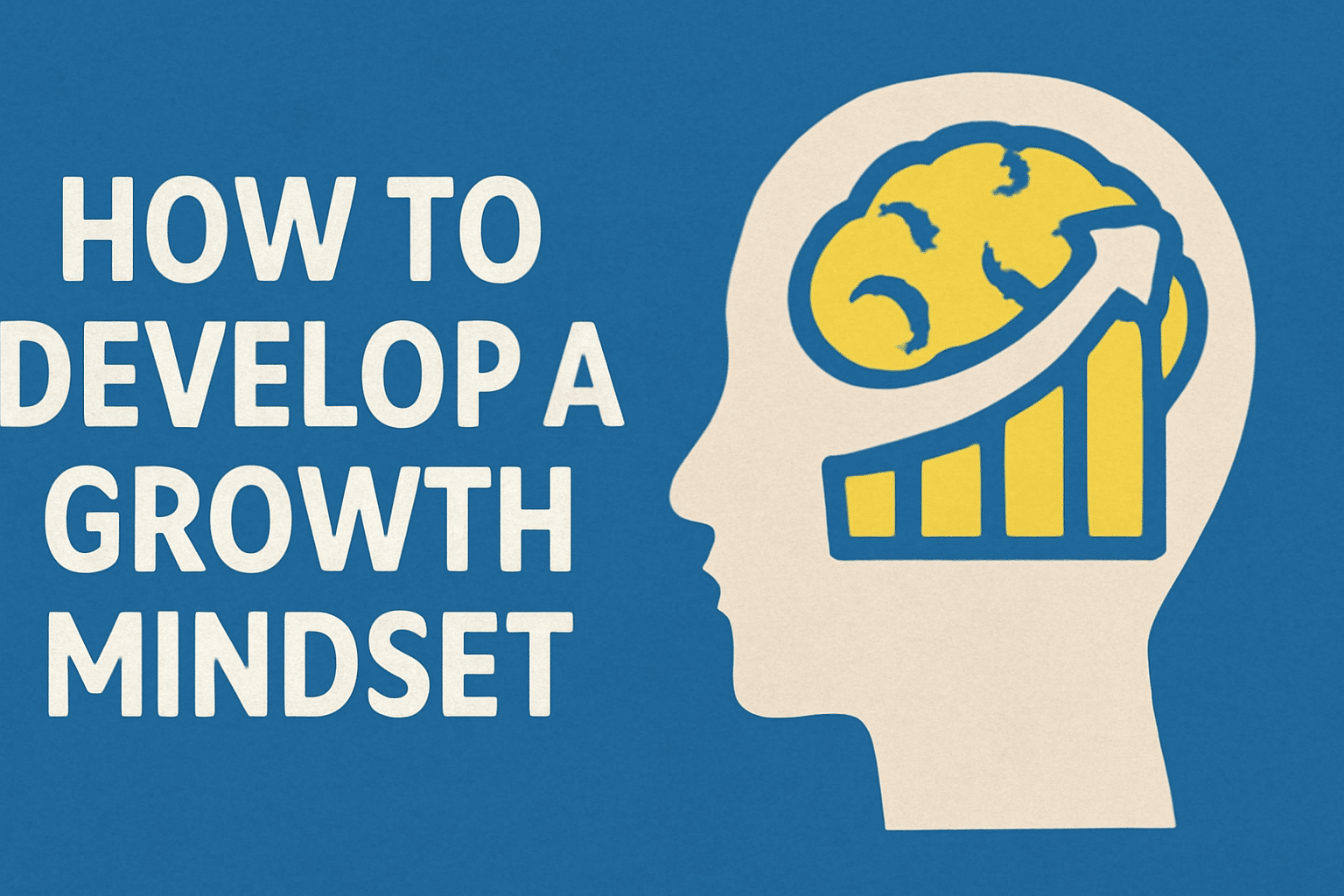As cities around the world face growing populations, aging infrastructure, and urgent environmental concerns, the term “smart city” has emerged as more than just a buzzword—it’s a blueprint for sustainable, tech-driven urban living. From connected traffic systems to data-powered public services, smart cities are rapidly reshaping how we live, work, and interact with our environments.
But what exactly does the future hold for smart cities? Let’s explore the emerging trends, technologies, and challenges set to define the next generation of urban innovation.

🌍 What Is a Smart City?
At its core, a smart city uses digital technologies and data to improve the quality of life for residents, enhance efficiency in city operations, and promote sustainability. This involves a network of Internet of Things (IoT) devices, sensors, and data analytics that power smarter infrastructure, energy systems, transportation, and public services.
💡 In essence, smart cities aim to make urban life safer, cleaner, and more connected.
🔮 What to Expect in the Future of Smart Cities
1. Widespread IoT Integration
IoT will continue to serve as the nervous system of smart cities. With billions of connected devices collecting data in real-time, cities can respond more quickly and efficiently.
Expect to see:
- Smart trash bins that signal when they need emptying
- Streetlights that dim when no one is nearby
- Sensors that monitor air quality and noise pollution continuously
📈 According to McKinsey, smart city technologies could improve key quality-of-life indicators by 10–30%.
2. AI-Powered City Management
Artificial intelligence will become a cornerstone in managing the vast amounts of data cities generate. AI algorithms can:
- Predict traffic congestion and optimize routes
- Detect utility leaks before they become critical
- Automate public safety responses, like identifying unusual behavior in surveillance footage
These applications make cities not only smarter but more proactive and resilient.
3. Sustainable Urban Infrastructure
With growing awareness of climate change, smart cities will increasingly focus on green technologies and eco-friendly infrastructure.
Here’s what’s coming:
- Smart grids that balance energy use in real time
- Buildings that adjust lighting and HVAC systems based on occupancy
- Expanded use of renewable energy sources integrated with storage systems
🏙 Cities like Copenhagen and Singapore are already leading the way in blending sustainability with smart technologies.
4. Connected and Autonomous Transportation
Urban mobility is being reinvented. In the near future, we’ll see:
- More autonomous vehicles on city streets
- Smart traffic systems that reduce idle times and emissions
- Integration of bike-sharing and e-scooters into public transit apps
- Mobility-as-a-Service (MaaS) platforms offering seamless transport planning
🚘 These developments can significantly reduce commute times and environmental impact.
5. Data-Driven Governance and Citizen Engagement
Smart cities rely heavily on open data platforms that allow residents to access information—and even participate in city decision-making.
Through apps and online portals, residents can:
- Report potholes or broken lights
- Get real-time public transport updates
- Vote on local issues or urban planning proposals
This transparent, participatory model of governance helps foster trust and improves civic engagement.
🚧 Challenges on the Road Ahead
Despite the optimism, building smart cities isn’t without its hurdles.
✅ Key Challenges Include:
- Data privacy and cybersecurity risks
With massive data collection comes the need for robust protections. - Digital inequality
Not everyone has access to smart devices or the internet—this must be addressed to avoid marginalization. - Interoperability
Many smart systems still lack compatibility across different vendors and infrastructures. - High upfront costs
Smart technology implementation can be expensive, especially for older cities needing retrofitting.
Nonetheless, these challenges are being tackled head-on by innovative urban planners, technologists, and policymakers worldwide.
🌆 Real-World Examples of Smart Cities
Here are a few cities already implementing next-gen technologies effectively:
- Barcelona, Spain: Known for its smart lighting, waste management, and Wi-Fi-enabled public spaces.
- Singapore: Features real-time traffic monitoring, electronic road pricing, and AI-driven urban planning.
- Toronto, Canada: Home to Sidewalk Labs, a project focused on AI-driven urban redesign (though it faced pushback over data concerns).
- Seoul, South Korea: Uses IoT for water quality management, energy efficiency, and public safety.
These cities are setting benchmarks for others to follow.
🧭 What This Means for You
Whether you live in a city or are considering relocating to one, the shift toward smart living will directly impact your daily life. Expect:
- More efficient and responsive services
- Cleaner air and better infrastructure
- New jobs in tech, engineering, and data science
- Greater involvement in shaping your city’s future
Even local businesses and startups will benefit, with access to open data, new platforms, and improved logistics.
📌 Final Thoughts
Smart cities are not just about flashy tech—they’re about building livable, sustainable, and inclusive communities for the future. As we continue to urbanize, these technologies will be crucial in making cities more adaptive, equitable, and resilient.
Ultimately, the future of smart cities lies not just in innovation, but in collaboration between governments, businesses, and citizens.
So keep an eye out—your city might be getting smarter sooner than you think.
📚 References
- McKinsey Global Institute. “Smart Cities: Digital Solutions for a More Livable Future.” https://www.mckinsey.com
- Smart Cities Council. “What Is a Smart City?” https://smartcitiescouncil.com
- World Economic Forum. “How Cities Are Getting Smarter with Tech.” https://www.weforum.org






